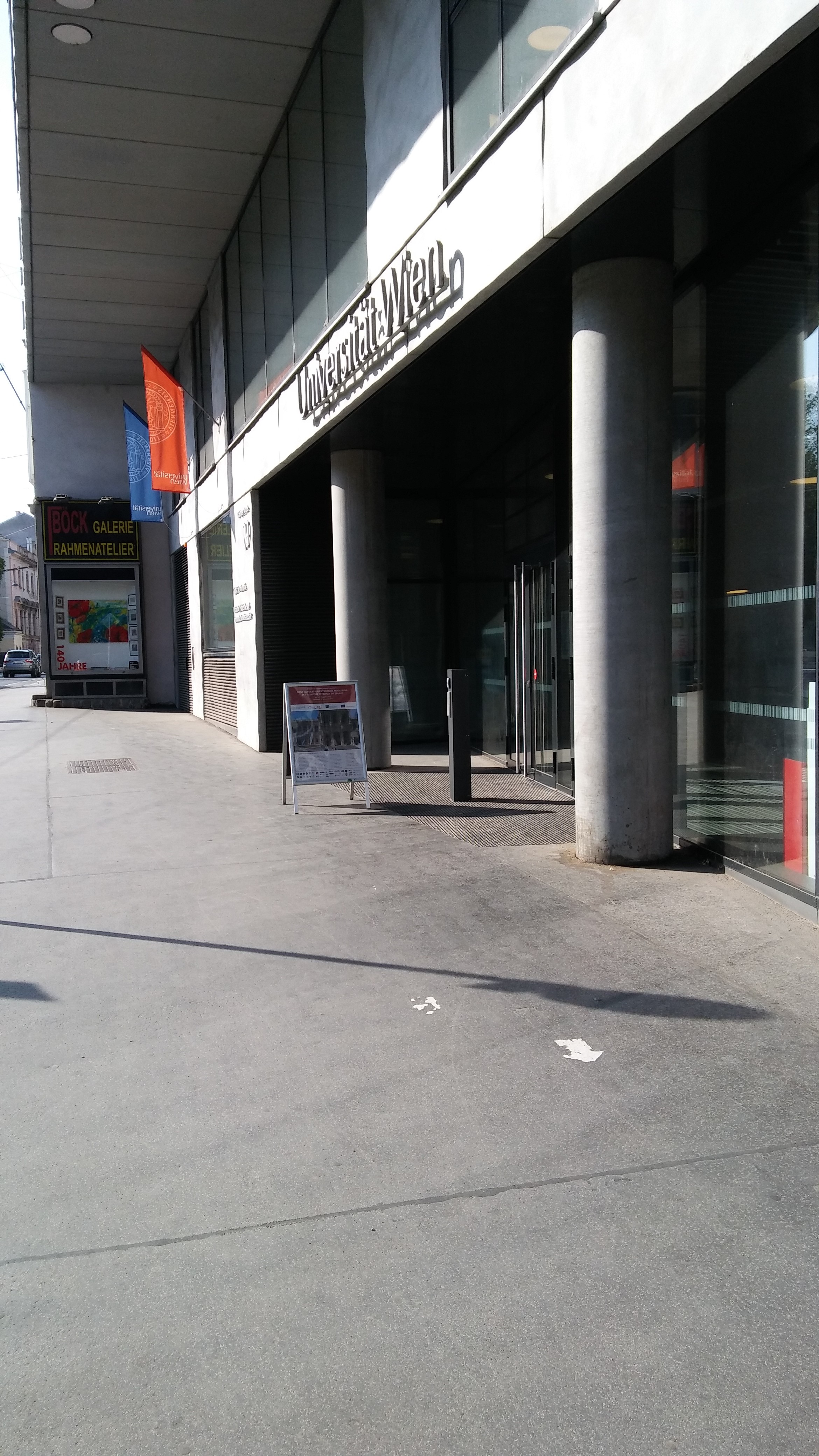
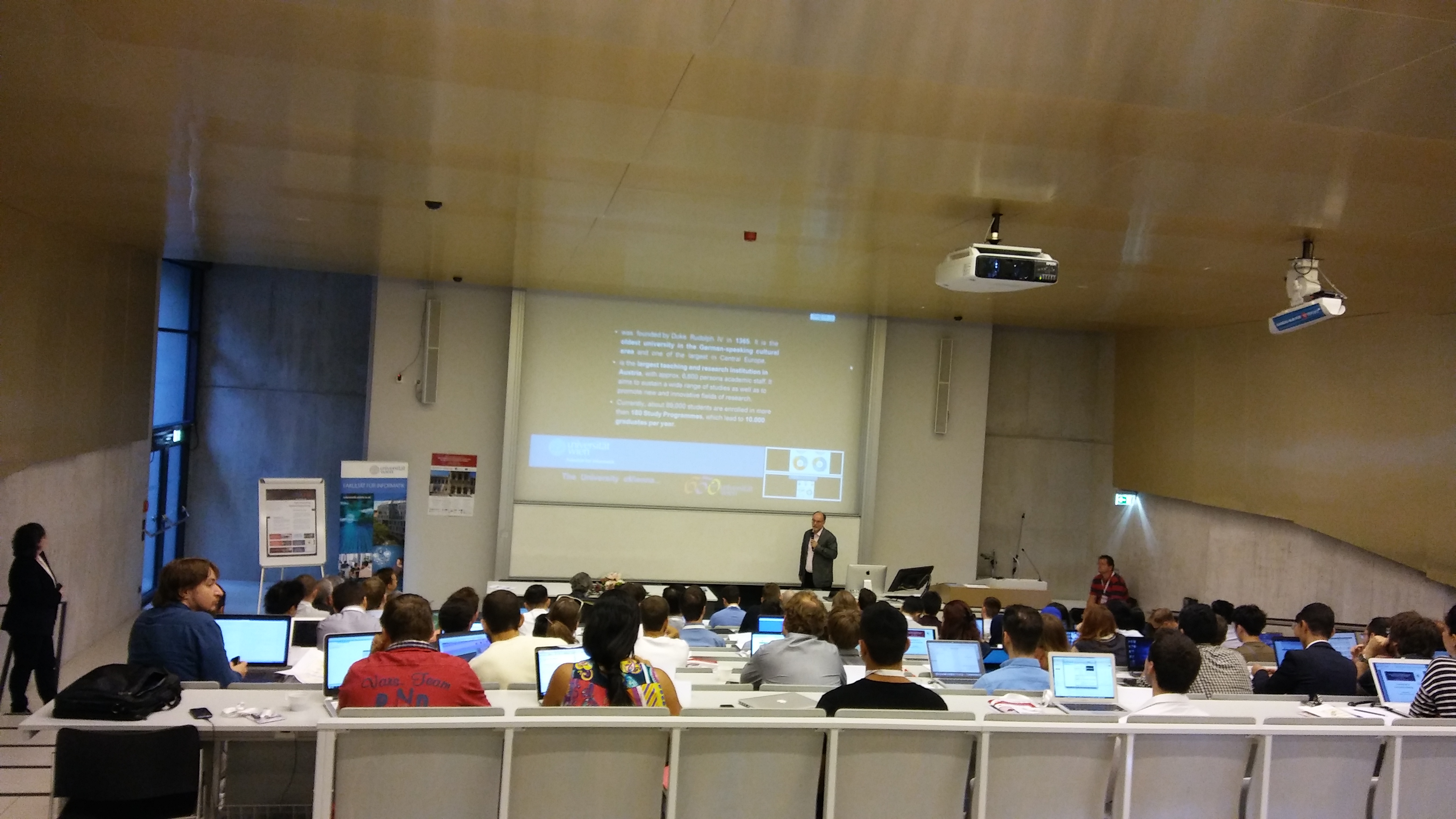
Opening Ceremony
W. Klas, Dean, Faculty of Computer Science
L. Petri



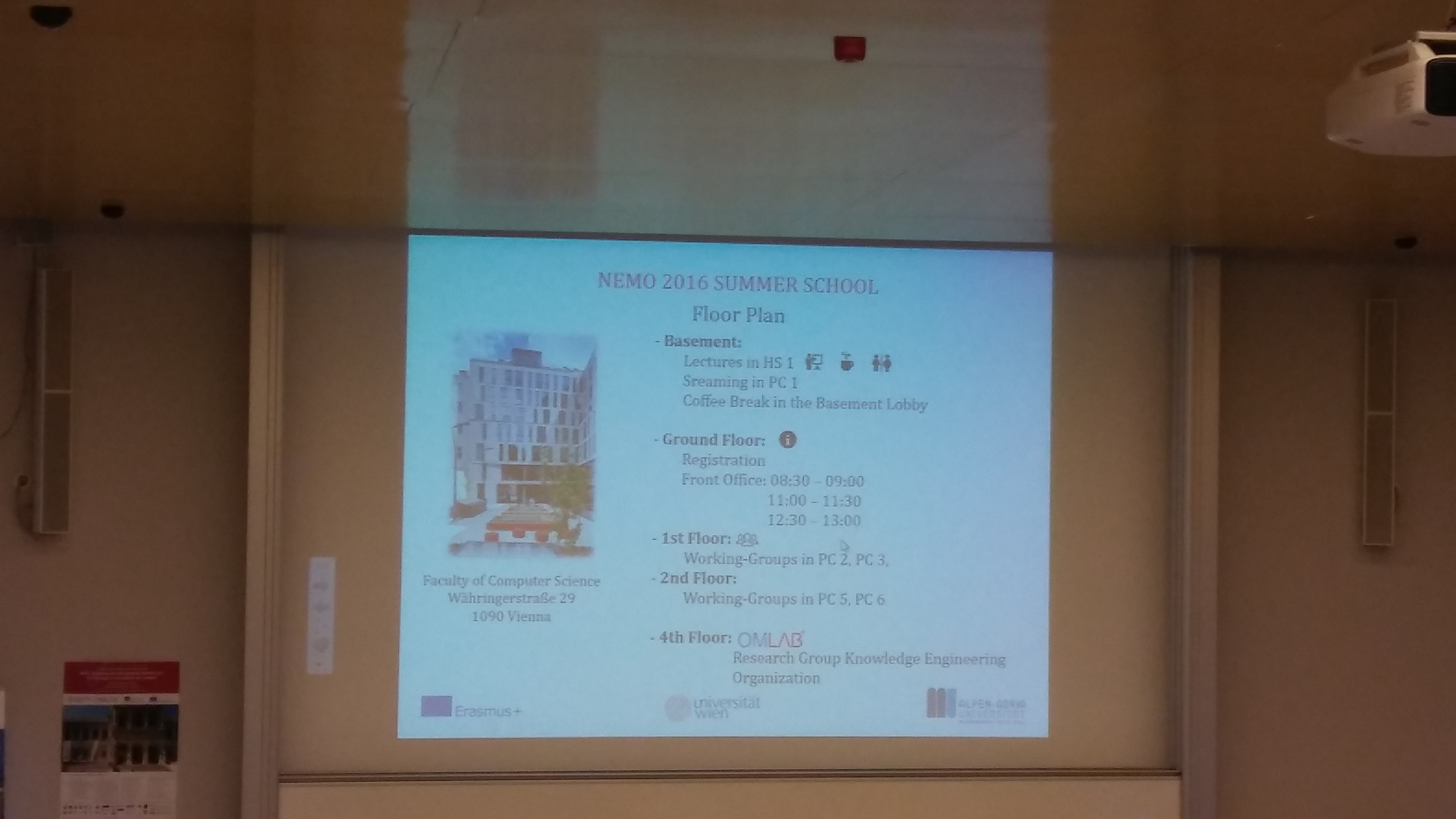
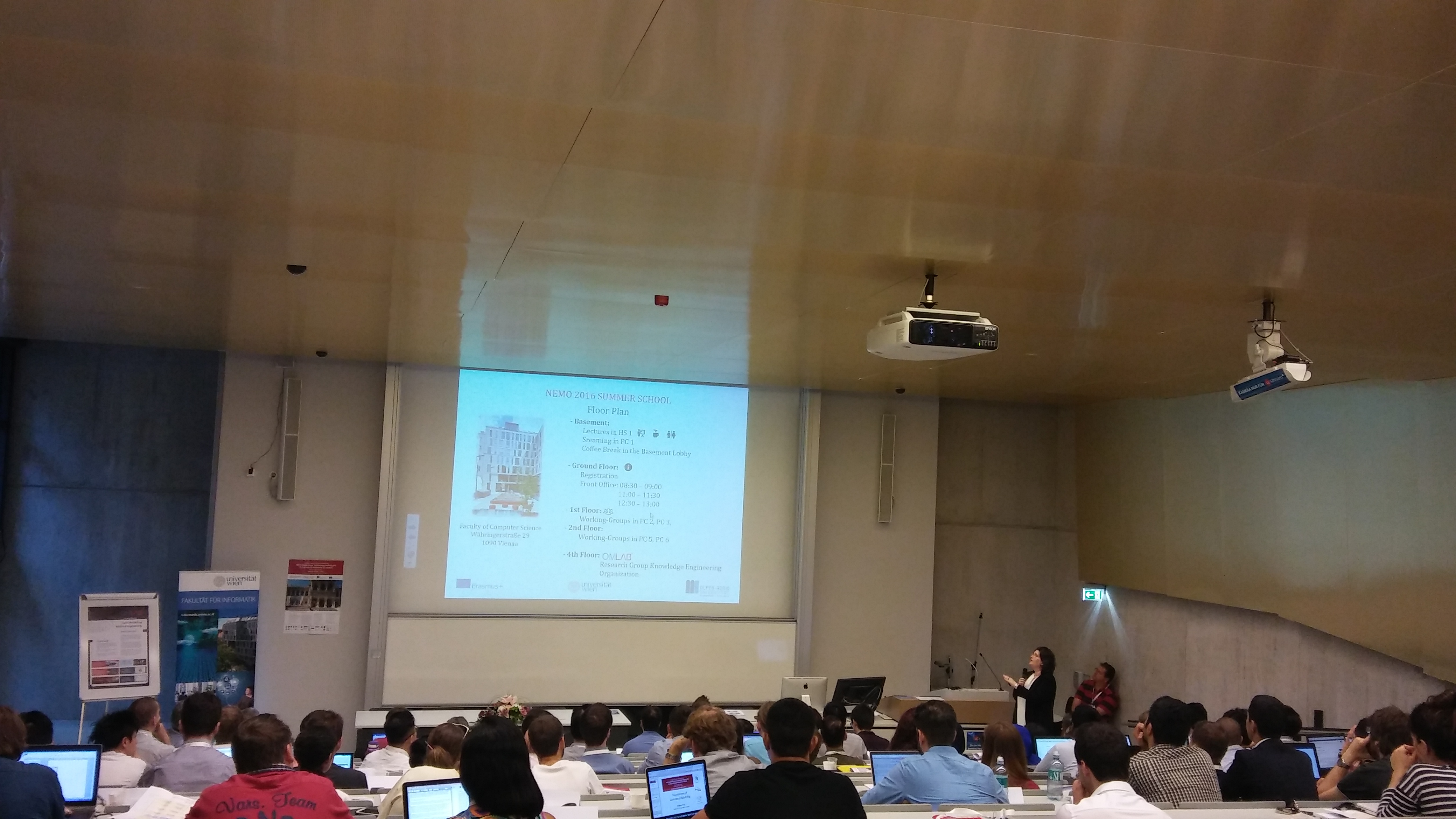

Welcome & Introduction
H.C. Mayr, D. Karagiannis
Dimitris Karagiannis
Dimitris Karagiannis is head of the Research Group Knowledge Engineering at the University of Vienna. His main research interests include knowledge management, modelling methods and meta-modelling. Besides his engagement in national and EU-funded research projects Dimitris Karagiannis is the author of research papers and books on Knowledge Databases, Business Process Management, Workflow-Systems and Knowledge Management. He serves as expert in various international conferences and is on the editorial board of several intenational journals. He is member of IEEE and ACM and on the steering committee of the Austrian Computer Society and its Special Interest Group on IT Governance. He is the founder of the Open Models Laboratory (www.omilab.org).

Prof. Jinyoung CHoi

Prof. Karagiannis
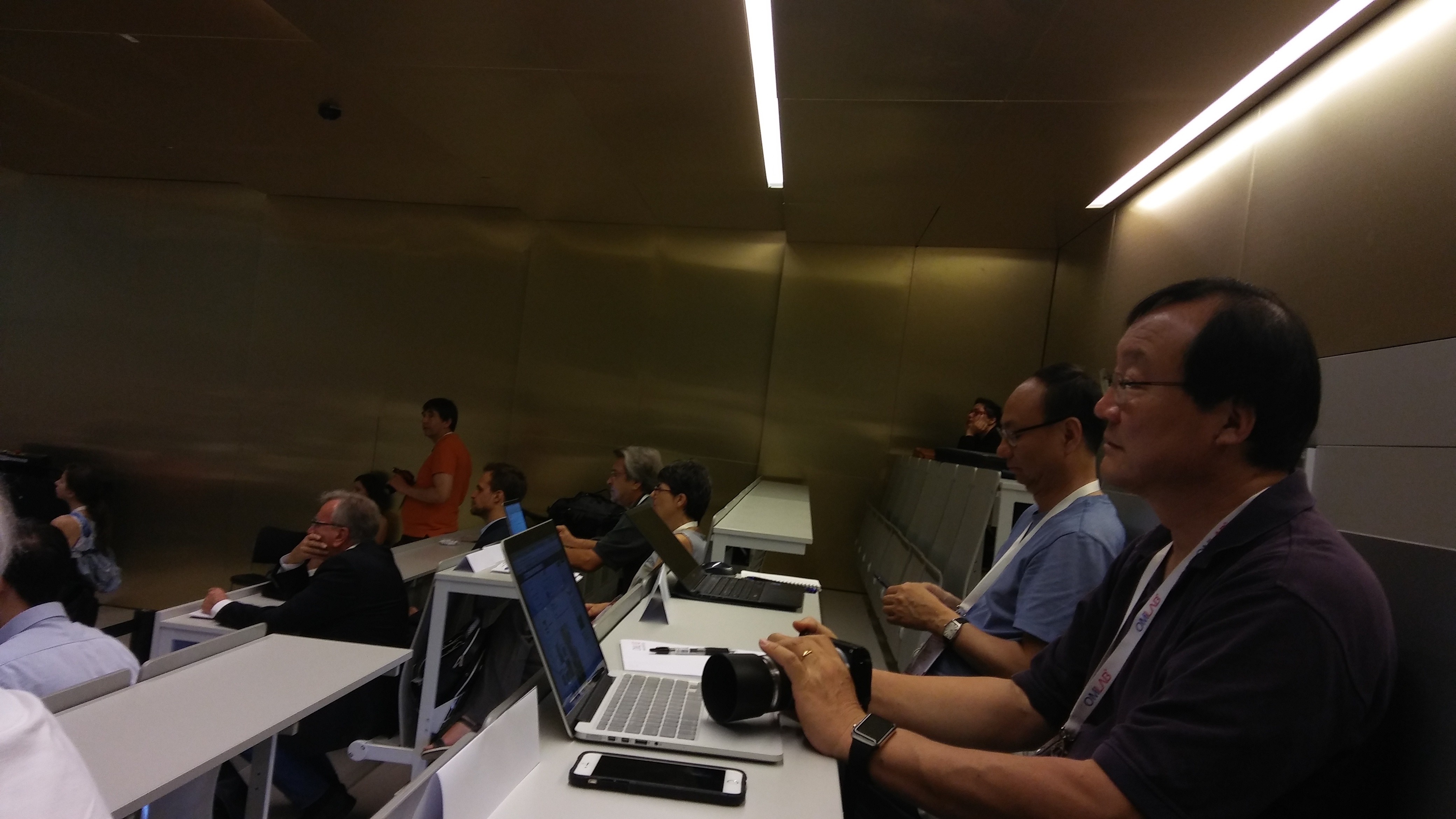
Prof. Jinying Choi & Prof. Dongsoo Seo
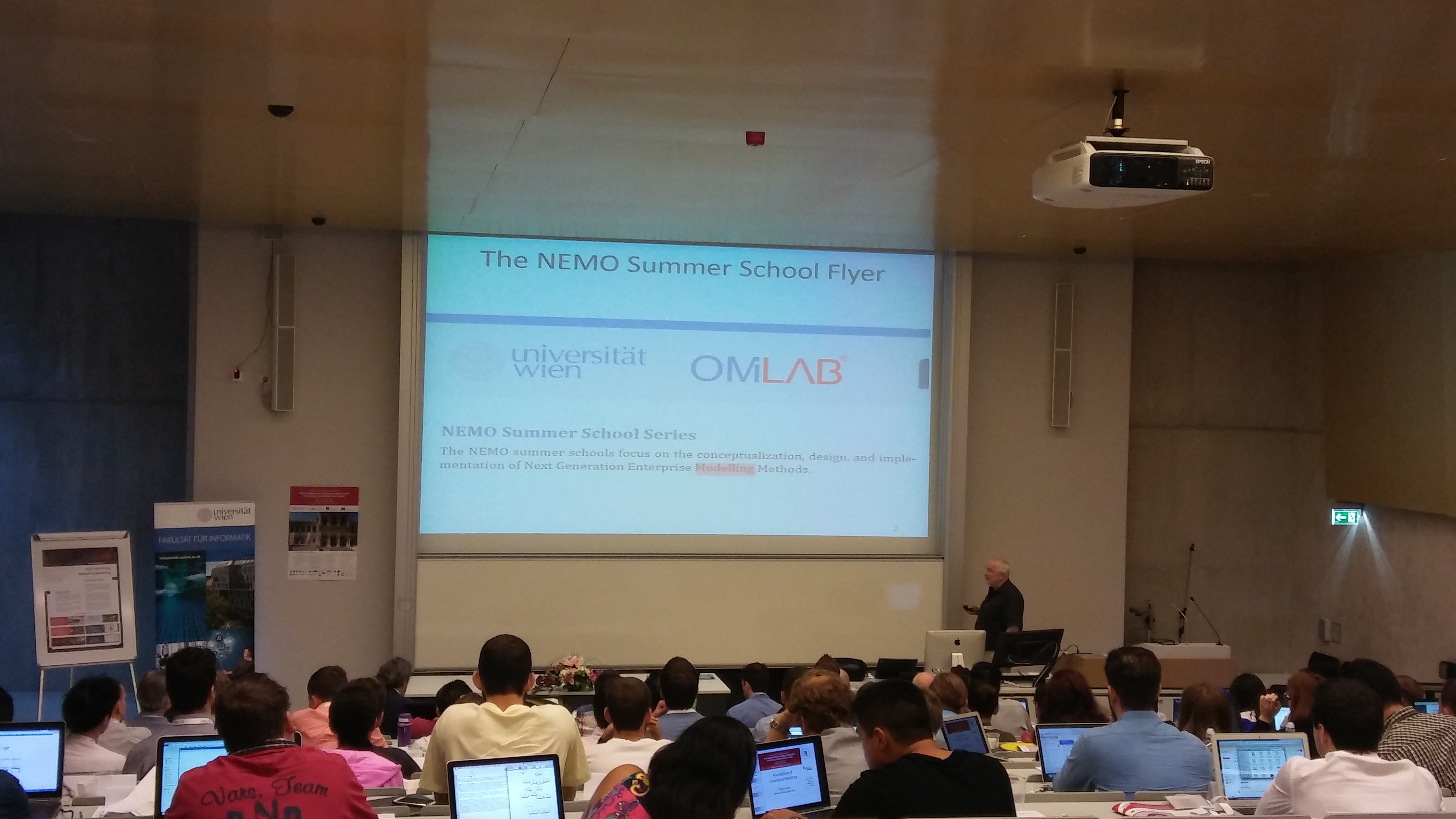
Wolfgang Reisig
Wolfgang Reisig is a full professor at the Computer Science Institute of Humboldt-Universität zu Berlin, Germany. Prof. Reisig is the speaker of the PhD school Service-oriented Architectures for the Integration of Software-based Processes, exemplified by Health Care Systems and Medical Technology (SOAMED). Prof. Reisig is a member of the European Academy of Sciences, Academia Europaea. He published and edited numerous books and articles on Petri Net Theory and Applications. He is a member of the Petri Net Conference Steering Committee since 1982 and a co-editor of the journal „Software and Systems Modeling“.
Foundations of Conceptual Modelling
Prof. Dr. Wolfgang Reisig, Humboldt University Berlin, Germany
Abstract
The basic notions of the NEMO summer school include the terms of enterprise modelling, modelling methods, etc. We start with some general observations about those notions and their role in (business) informatics. This includes the validation, verification, evaluation, transformation etc. of models. The second part of this contribution is dedicated to foundations of conceptual modelling. Here we pose the question of what the very basics of (discrete) models are, and how a systematic setting of modelling techniques, in particular for enterprise models, may be achieved. We study a number of fundamentally different, yet successful modelling- and analysis methods and discuss the trade of between expressiveness and analysis techniques.
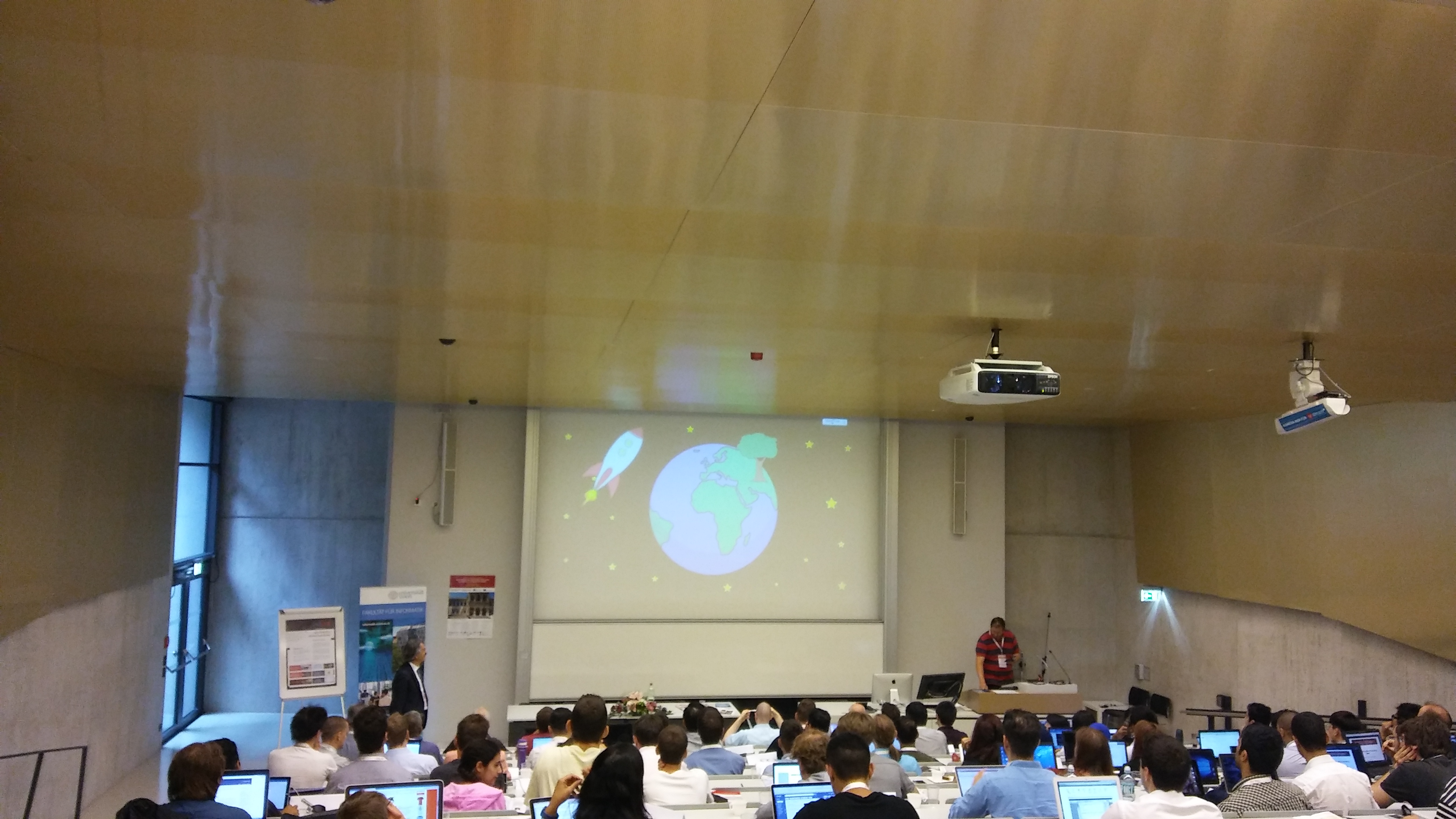

Agile Modelling Method Engineering – AMME
Prof. Dr. Dimitris Karagiannis, University of Vienna, Austria
Abstract
As the paradigm of enterprise modelling originally envisioned, a hybridization of modelling approaches is needed in order to cover the multiple facets of a business view, its context and requirements for different types of resources - including IT services and infrastructure. The “modelling method framework” [Karagiannis/Kühn, 2002] establishes key building blocks - i.e. the modelling language, the modelling procedure and mechanisms/ algorithms - to enable the required hybrid modelling and to increase the value of models beyond their traditional functions. As the importance of Next Generation Enterprise Modelling in the age of the Internet of Things, Industry 4.0, Industrial 3-D printing etc. increases, new modelling capabilities, semantically enriched design concepts and adapted operational functionality must satisfy evolving needs, in order to successfully manage not only the transformation in the digital enterprise stage, but also the adaptation and extension of existing services. In this context, the foundations of a „conceptual-model“-awareness approach for next generation enterprise information systems will be presented. This novel approach makes use of semantic networks to extend modelawareness towards arbitrary types of models that are developed for specialized communities aiming for domain-specificity (or even case-specificity) in their modelling language, therefore favoring productivity at the expense of reusability across domains. The technological space for capturing and bridging knowledge through model semantics is primarily based on diagrammatic models. Two categories of models are employed in this context: (1) Models of Concepts for describing a common understanding of a domain through its concepts and relations; (2) Models that use Concepts are typically domain-specific models based on some already established understanding of the domain. The hereby introduced life cycle of Agile Modelling Method Engineering - AMME [PCI2015] aims to apply the principle of agility established in Software Engineering (e.g., evolutionary development, flexible response to change) to the practice of Modelling Method Engineering. The main assumption is that a modelling method may evolve iteratively based on changing modelling requirements and feedback loops. Within the context of AMME, a full methodological approach is established by the OMiLAB, with a life cycle encompassing five phases: (1) create, (2) design, (3) formalize, (4), develop and (5) deploy/validate. The approach is supported, in its fast prototyping stage, by the metamodeling domain-specific language MM-DSL and the meta-modelling platform ADOxx.
Bernhard Thalheim
Prof. Dr. rer. nat. habil. Bernhard Thalheim (Director, Department of Computer Science, Faculty of Engineering at Christian-Albrechts University Kiel, Germany) (MSc, PhD, DSc) is full professor at Christian Albrechts University in Germany. His major research interests are database theory, logic in databases, and systems development methodologies, in particular for web information systems. He has published more than 300 refereed publications, edited more than 30 conference volumes, co-founded three international conferences, and has been programme committee chair for almost three dozen international conferences such as MFDBS, ER, FoIKS, ASM, SDKB, NLDB and ADBIS. He got several international awards, e.g. the Kolmogorov professorship at Lomonossow University Moscov and the P.P. Chen award of Elsevier. He has been an associated professor at Dresden University of Technology, a visiting professor at Kuwait University, Alpen-Adria University Klagenfurt and others, and a full professor at Rostock University and Brandenburg University of Technology at Cottbus.
Foundations of Models, to Model and Modelling
Prof. Dr. Bernhard Thalheim, Christian-Albrechts-Universität zu Kiel, Germany
Abstract
Models are a mainstay of every scientific and engineering discipline. Models are typically more accessible to study than the systems, data or theories that are considered. Models are instruments that are effectively functioning within a utilisation scenario. The effectiveness is based on an associated set of methods and satisfies requirements of utilisation of the model. In the tutorial we introduce a notion of the model that generalises notions of models used in Computer Science, in engineering, in social and natural sciences, in mathematics and other disciplines. We explain that models must be considered within the utilisation scenarios and that the modelling activities for development or utilisation can be systematically developed. We develop foundations of a discipline of modelling. The approach is illustrated by models developed on the basis of enhanced entity relationship models and business process models.
------------------------------------------------------------
Dominik Bork
Dominik Bork is university assistant (prae doc) at the Research Group Knowledge Engineering at the University of Vienna. He holds a diploma degree in business informatics from the University of Bamberg, Germany.
In 2009 he started working as a university assistant in the research project forFLEX (http://www.forflex.de) at the University of Bamberg. After the project has been successfully concluded, he moved to the University of Vienna. In 2012, he acted as member of the organization team for the Conference Modellierung 2012 which took place at the University of Bamberg. In 2014 he was the organizing chair of the doctoral symposium and member of the conference organization team of the Modellierung 2014 which took place at the University of Vienna. He is a regular reviewer for some of the major publication outlets in business informatics and has publications in conferences like AMCIS, HICCS, IC-SOFT and the EMISA journal.
He is experienced in teaching courses in business informatics on the bachelor and master level at the University of Bamberg, the Virtual University of Bavaria (vhb), and at the University of Vienna.
His primary research interests include multi-view modeling, meta modeling, tool development, enterprise information systems, and Industry 4.0.
Modelling Scenarios for a Smart City
Dominik Bork, Franz Staffel, Nikolaos Tantouris, Wilfrid Utz, Niksa Visic, Michael Walch
University of Vienna
Abstract
The upcoming of technologies in the context of Internet of Things (IoT) such as ubiquitous sensors, mobile devices, and permanent online interaction has recently also been adopted for the area of urban development. Thereby, the transition towards user-driven digital ecosystems in the form of Smart Cities becomes apparent on three levels: a.) innovation economy, b.) city infrastructure and utilities, and c.) governance (Schaffers et al., 2011). In the foundation exercises of NEMO 2016 we will primarily focus on the aspects of the city infrastructure and the utilities. This will be a key element in realizing services such as smart parking, mobility, or the monitoring of the environment in terms of real-time alerts and safety management.
In particular, the increasing usage of IoT technology in smart vehicles, smart infrastructure and smart phones allows developing new business models and services. Based on the tremendous amount of information that is generated every second by sensors in a smart environment, innovative applications such as services for environmental and energy monitoring, services for the prediction of mobility requirements, smart meters for measuring resource consumption, or medical surveillance and assistance for elderly peoples can be realized (Hernández-Muñoz et al., 2011). In this context three foundation exercises have been designed to familiarize the students with modelling concepts, model querying and model processing in an independent application domain.
In three sessions, an introduction to the foundations of meta-modelling, model analysis & querying, and model processing through simulation & algorithms is given. Every session comprises theoretical background, a demonstration using the Smart City scenario, and hands-on parts by means of practical implementation using the ADOxx meta-modelling platform. The goal of the exercises is to show the power of meta-modelling and conceptual modelling in answering the requirements of upcoming domains that cannot be addressed with general-purpose modelling languages.
[1] Schaffers et al. (2011): Smart Cities and the Future Internet: Towards Cooperation Frameworks for Open Innovation, in: J. Domingue et al. (Eds.): Future Internet Assembly, pp. 431–446, Springer.
[2] Hernández-Muñoz, J.M. et al. (2011): Smart Cities at the Forefront of the Future Internet, in: J. Domingue et al. (Eds.): Future Internet Assembly, pp. 447–462, Springer.
- 20160718_083347.jpg (1.92MB)(27)
- 20160718_090130.jpg (2.10MB)(26)
- 20160718_090642.jpg (1.68MB)(22)
- 20160718_092854.jpg (1.61MB)(22)
- 20160718_092927.jpg (1.39MB)(23)
- 20160718_093401.jpg (1.64MB)(25)
- 20160718_093407.jpg (1.93MB)(22)
- 20160718_093938.jpg (1.86MB)(25)
- 20160718_093943.jpg (1.87MB)(26)
- 20160718_094005.jpg (1.75MB)(23)
- 20160718_094012.jpg (1.92MB)(25)
- 20160718_094723.jpg (1.89MB)(25)
- 20160718_112959.jpg (2.06MB)(21)
- 20160718_113310.jpg (1.84MB)(28)
